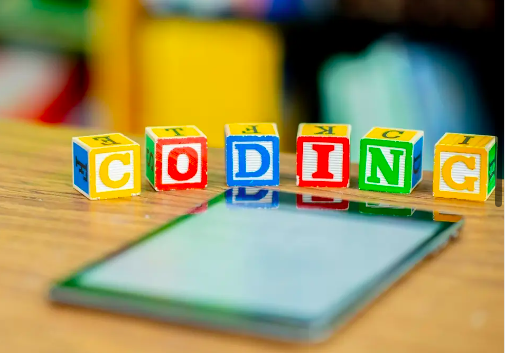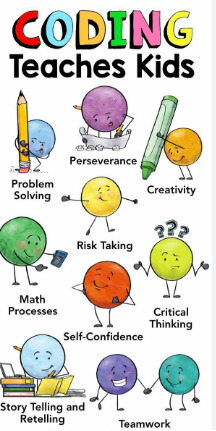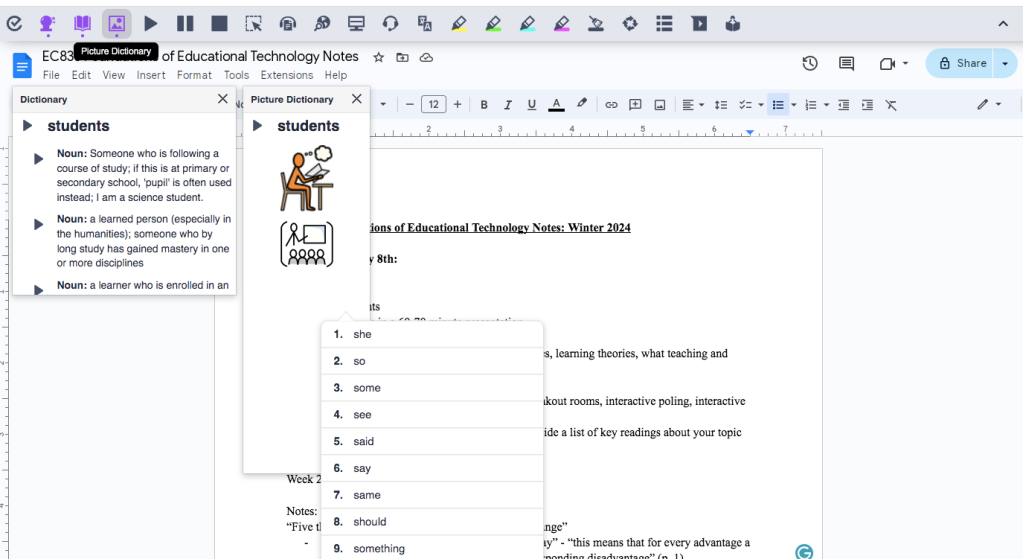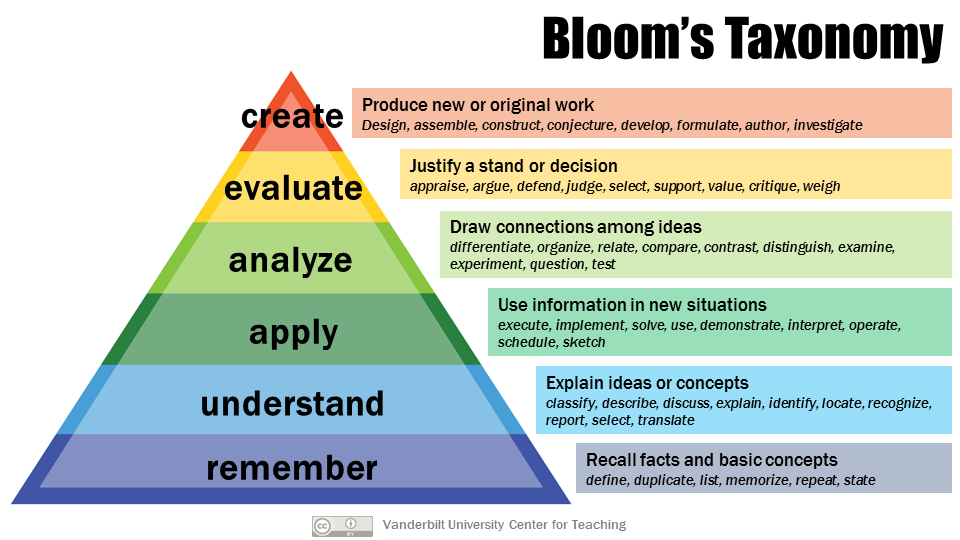This weeks presentation reminding me of all of the possibilities teachers have to create learning opportunities that are engaging for our students. As I have started a new grade this year, I find that so much of my planning time is ensuring I am creating units and assessments that connect with our curriculum expectations. It has been easy to put these different forms of learning on the back burner. However, now as we enter March I always find that as the students are often in a solid routine and know expectations, the end of the school year is a great time to start bringing these different forms of learning and inquiry into the classroom. In this blogpost I will be diving into the world of coding and recognize what options and opportunities I have for my students.

As mentioned in this weeks‘ article, “coding is the process of writing out steps for a computer to follow to achieve a goal or perform a task.” Knowing that the digital age we are living in, students are going to be seeing coding more and more as they get older and head into the workforce, this is a great place to start building these skills. As stated, coding allows students to creatively represent their learning, gain critical thinking skills, form a deeper understanding of technology, build resilience and problem solving skills, and to show that learning can happen in a variety of different ways. When thinking specifically around my middle school classroom I believe coding has the opportunity to engage my reluctant learners as most of us know the attitudes and eagerness changes in these grades, coding may be a space to motivate the students. A good point that was brought up in class and in the articles I have read around coding, is it is important to not think that coding is only for the students who want to pursue a career in technology, or the “tech” driven students, however, through the use of coding we can gain skills that support any student. The idea of perserverance and problem solving is a huge life skill that needs to be used no matter where the student goes in their life, through coding we allow for students to build these traits in a supportive environment.
As we can see from a quick google search, there are many advantages and positives of teaching coding in the classroom. However, as with any technology and form of teaching there are some negatives. From my own experience the two that continually impact my classroom is time and resources. Learning to code takes a lot of time and students need support to limit the high levels of frustration and them just giving up. Unfortunately, our school systems currently do not always allow for this learning space with class sizes and limited classroom support evident. Another huge impact is the access to different tools to code. Yes, there are a lot of different coding options online, however, the tech divide amongst school divisions has become very apparent to me throughout this class and not all classrooms readily have access to enough devices to support the students. In this article the authors state a few barriers teachers may face when trying to teach coding in the classroom. These included: overemphasis on technology, frustration and burnout, and rapidly evolving technology. The last point around rapidly evolving technology is huge especially when trying to support the students in gaining these skills, what is taught from year to year or even month to month may not be relevant as technology is continuously changing and evolving.

Another huge barrier that I hear often with colleagues that I work with is that they are nervous to try implementing these different forms of learning as they themselves do not feel competent in their skills. One thing I have learned throughout my few years of teaching is that I do not need to be the expert in everything and that I can lean into the resources I have to support my students learning. One amazing thing about coding is it is a lot of problem solving, that opens doors for students to be collaborating and discussing with each other to support the success of one another. That goes for all technology. For example, this year I have a student who knows a computer inside and out, he is our “IT Support” in the classroom and the students know to ask him if I am busy with another student as he is able to support them in anything Chromebook related, and sometimes they go to him first because he has been able to answer even some of my questions. The idea that we as teachers always need to know the most needs to diminish, I love the opportunities that I can ask the students questions when I am unsure as it not only supports my understanding, but also teaches the students that we are all experts in our own way and we can all work together to learn! Once a teacher can get over that barrier, they will have a lot easier time working with different learning opportunities such as coding!
So where do I go from here? In the past I have used coding in the classroom, from bringing in Ozobots and the students work on ABAB patterns in math, or create storylines for their Ozobots to retell through movement and into Scratch where students use online coding to complete a task. My past experiences with coding are limited, however, with both of these projects I remember how excited and engaged the students were to use this in the classroom and it made the learning very meaningful! As I move into our term 3 of the school year, I have been looking in to using coding for at least one project the students will be completing, I look forward to hearing from all of your what kind of projects you have done in the past!




